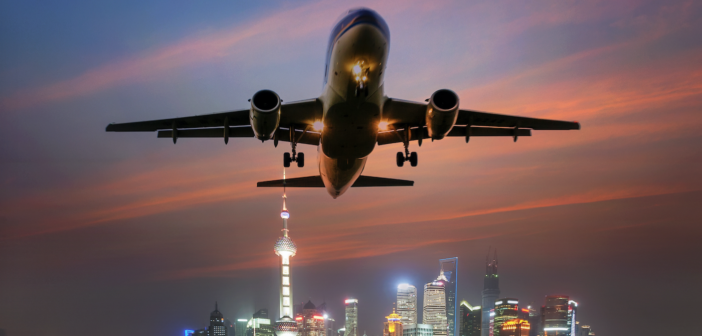Aircraft utilisation on domestic routes in Asia Pacific and North America has grown significantly since the start of 2021, whilst other markets have stalled. Utilisation has grown from 55% of pre-pandemic levels in February in both Asia Pacific and North America, to 79% and 66%, respectively, by the end of April 2021. Domestic routes currently account for over 80% of all flights according to data from IBA’s Insight.IQ intelligence platform.
By contrast, utilisation in Europe and CIS has remained largely flat, increasing from a much lower operating level of 27%, to just 33% during the same period. Utilisation in Africa and Latin America, while both operating at over 50% of pre-pandemic levels, fell from February to April, and the Middle East grew only marginally, from 49% to 51%.
At the end of April 2021, the utilisation of passenger aircraft across the globe was at just 60% of pre-pandemic levels, while the usage of freighter aircraft remains very strong, with utilisation at 139%. Corporate jet usage, while lower than its most recent peak in March, remains high at 124%.
The recovery in utilisation of different passenger aircraft classes has also varied, with narrow-body and regional jet aircraft at 60% and 66% of pre-pandemic levels by the end of April. Widebody aircraft use increased from 42% to 52% between February and April.
Despite the regional variance in the recovery of domestic travel, and continuing low levels of international traffic, over 130 new airlines are preparing to take to the skies in 2021 and 2022, taking advantage of the current low costs of aircraft acquisition and leasing.
Almost 40% of the new airlines will be based in Europe, despite the lack of any meaningful recovery in that region, with over 23% in the Americas and around 22% in Asia Pacific. The new airlines will broadly focus on short-haul and regional market segments, with over 80 of the start-ups considering using narrow-body or turboprop aircraft.
The start of the aviation recovery is proving to be inconsistent and domestically focused, with inertia in many markets caused by a combination of new virus variants, local restrictions, infection rates and the varying pace of vaccine rollout. International traffic between regions remains at very low levels right across the globe.
Ironically, the pandemic has created appealing economics for start-up airlines. Many new entrants are set to launch in the next 12 months, aiming to meet the pent-up demand for air travel that now clearly exists.
IBA forecasts that deliveries of new aircraft won’t return to pre-pandemic levels until 2025. Just 747 aircraft were delivered in 2020, and IBA forecasts deliveries will rise modestly to around 1,100 in 2021.
Of the 361 aircraft delivered thus far in 2021, half are from the A320neo family, while around 22% are the Boeing 737 MAX family. The Boeing 787 is the most delivered widebody aircraft in the year to date, accounting for 10%, followed by the Airbus A350 at just under 7%.
The airline industry has proven itself to be highly resistant to challenges, and has demonstrated on numerous occasions its ability to evolve in order to prosper. That is happening again now with the large number of start-up airlines launching, and is a clear indicator of a positive future for the sector.
IBA and KPMG foresee an increase in on-lease aircraft trading in 2021, driven by a combination of factors including lessor M&A activity, continued airline demand for sale and lease-backs, and a forecast growth in ABS (asset backed secured) transactions. There were just over 2,500 aircraft transactions in 2020 – a significant drop from almost 4,000 in 2019.
IBA also forecasts that the value performance of the newest generation aircraft will remain stable. The Airbus A321neo is currently one of the best-performing assets. The slower supply of the Boeing 737MAX has protected the values of the Boeing 737-800, but this is now expected to drop as more MAXs are delivered.
IBA is a leading aviation data and advisory consultancy.





